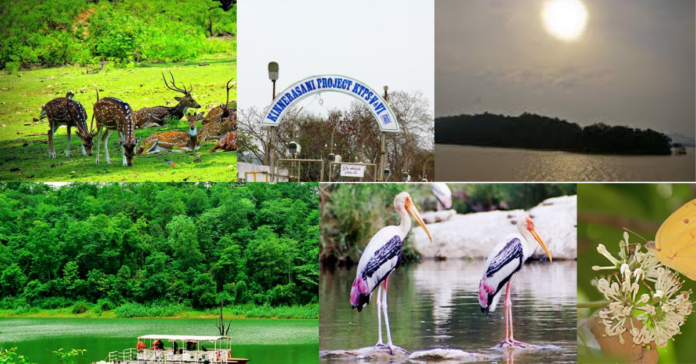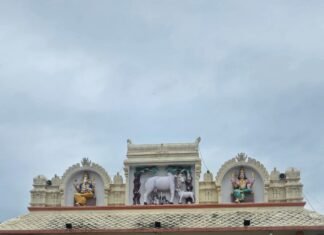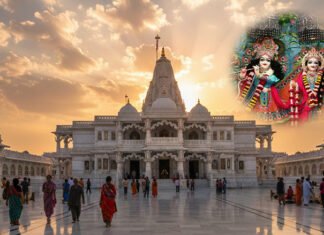The Kinnerasani Wildlife Sanctuary is one of the prominent wildlife sanctuaries in Telangana, India. Located in the Bhadradri Kothagudem district, this sanctuary is part of the Dandakaranya forests, which stretch across the eastern part of India. The sanctuary is named after the Kinnerasani River, a tributary of the Godavari River, which meanders through the sanctuary, adding to its scenic beauty and ecological significance.

Historical Background Kinnerasani Wildlife Sanctuary
The region where Kinnerasani Wildlife Sanctuary is located has a deep historical connection with the ancient Indian epics, particularly the Ramayana. The Dandakaranya forests are believed to be the area where Lord Rama, along with Sita and Lakshmana, spent a significant part of their exile. This mythological significance adds a layer of cultural heritage to the sanctuary.

The Kinnerasani Wildlife Sanctuary was established to primarily preserve the diverse flora and fauna of the Eastern Ghats region. It was declared a wildlife sanctuary in 1979 under the Wildlife Protection Act, of 1972. The river not only adds to the beauty of the sanctuary but also plays a crucial role in sustaining the ecosystem within.
Geography and Ecology Kinnerasani Wildlife Sanctuary
The Kinnerasani Wildlife Sanctuary covers an area of approximately 635 square kilometers. It is characterized by a mix of dry deciduous and moist deciduous forests. The sanctuary’s topography is varied, with undulating hills, dense forests, and the Kinnerasani River flowing through it, forming a reservoir known as the Kinnerasani Dam.
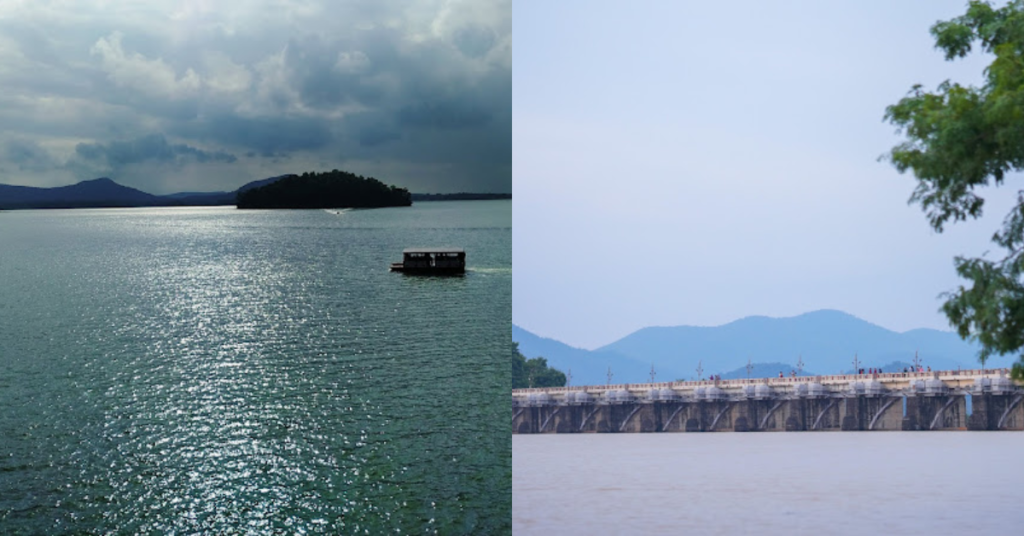
The sanctuary is part of the Eastern Ghats known for its rich biodiversity. The flora of the sanctuary includes a variety of tree species such as teak, bamboo, and a variety of medicinal plants. The dense forest cover provides an ideal habitat for many species of animals and birds.
Wildlife
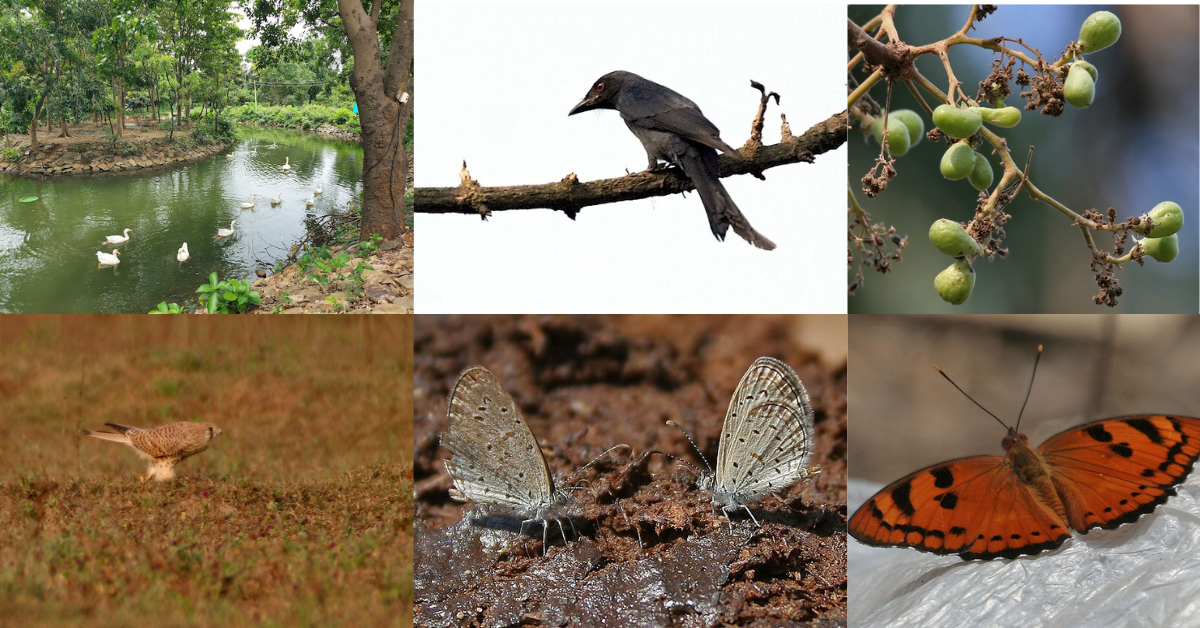
A wide variety of fauna can be seen in the Kinnerasani Fauna Sanctuary. Some of the prominent species include:
- Mammals: The sanctuary is home to a variety of mammals such as the Indian leopard, sloth bear, wild boar, chital (spotted deer), sambar deer, and the Indian bison (gaur). The elusive Bengal tiger has also been reported in the sanctuary, although sightings are rare.
- Birds: The sanctuary is a haven for bird watchers, with a variety of avian species including peafowls, partridges, quails, and a range of migratory birds. The sanctuary’s varied habitats support a rich bird population, making it a popular spot for birding.
- Reptiles: The sanctuary is also home to several species of reptiles, including snakes and lizards. The Kinnerasani River and its surrounding wetlands are particularly important for reptilian life.
Attractions and Activities
Kinnerasani Wildlife Sanctuary offers a range of attractions and activities for visitors. The Kinnerasani Dam, built across the Kinnerasani River, is one of the major attractions in the sanctuary. The dam not only serves as a water source for the region but also enhances the scenic beauty of the sanctuary. The reservoir formed by the dam is a habitat for various aquatic species and attracts a variety of birds, making it an excellent spot for birdwatching.
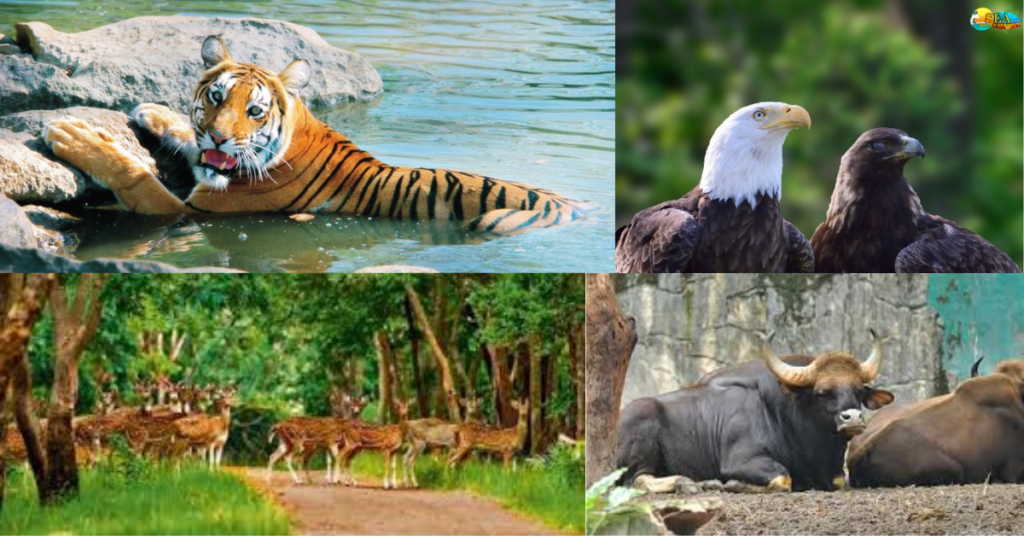
For those interested in trekking, the sanctuary offers several trails that take you through dense forests. Open grasslands, and along the riverbank, provide ample opportunities to explore the wilderness. Guided safaris are also available, offering visitors a chance to spot wildlife in their natural habitat. Additionally, the sanctuary has designated picnic spots where visitors can relax and enjoy the tranquility of nature.
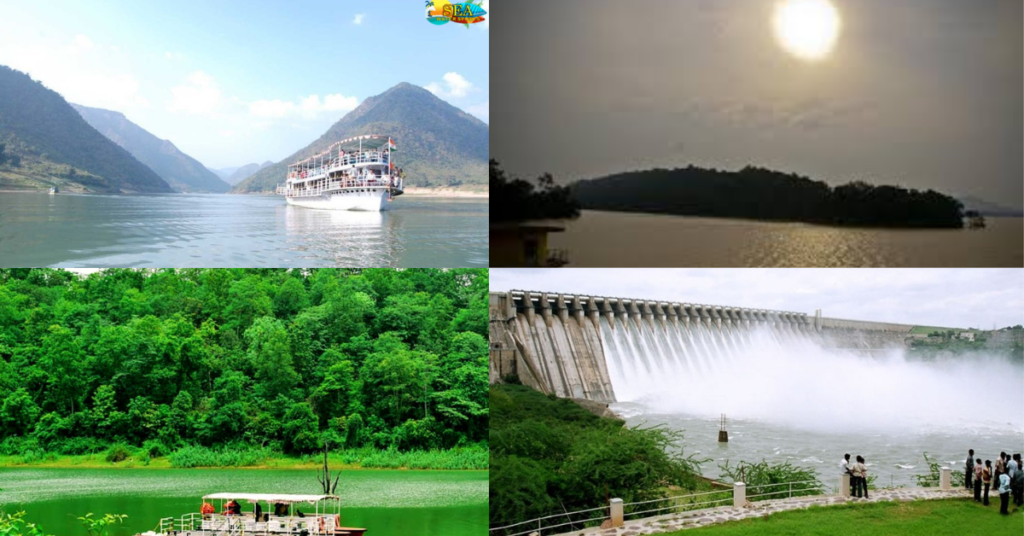
Conservation Efforts
Since its establishment, the Kinnerasani Wildlife Sanctuary has been the focus of several conservation initiatives. The Telangana Forest Department, along with various non-governmental organizations, has been working to protect the wildlife and habitats within the sanctuary. Efforts have included anti-poaching measures, habitat restoration, and community involvement in conservation.
The sanctuary also faces challenges such as human-wildlife conflict, illegal logging, and the encroachment of land for agriculture. To address these issues, the government has implemented strict regulations and works with local communities to promote sustainable practices.
Location and Accessibility
- Location: The sanctuary is situated in the Bhadradri Kothagudem district, one of the tribal-dominated regions of Telangana. The nearest town is Palvancha, which is just 12 kilometers away.
- Accessibility:
- By Road: Palvancha is well-connected by road. From Hyderabad, it’s about a 5-6 hour drive (approximately 280 kilometers). There are private cars and state transportation buses available.
- By Rail: The nearest railway station is Bhadrachalam Road (Kothagudem), about 25 kilometers from the sanctuary.
- By Air: The nearest airport is Rajiv Gandhi International Airport in Hyderabad, from where you can hire a taxi or take a bus to Palvancha.
Timings and Best Time to Visit
- Sanctuary Timings: The sanctuary is open to visitors from 6:00 AM to 6:00 PM every day. However, it is advisable to visit early in the morning or late in the afternoon to spot wildlife.
- Best Time to Visit: The best time to visit Kinnerasani Wildlife Sanctuary is between October and March. when the wildlife is more active and the weather is good.
Conclusion
The Kinnerasani Wildlife Sanctuary is not just a haven for wildlife but also a place of historical and cultural significance. Its rich biodiversity and the conservation efforts in place make it an essential part of Telangana’s natural heritage. As awareness and conservation efforts continue to grow, the sanctuary remains a vital refuge for the wildlife of the Eastern Ghats.
Frequently Asked Questions(FAQs)
A: Kinnerasani Wildlife Sanctuary is located in the Bhadradri Kothagudem district of Telangana, India.
A: The sanctuary covers an area of 635.4 square kilometers.
A: The best time to visit is from November to April.
A: The sanctuary’s main attractions include the Kinnerasani River, diverse wildlife, and scenic landscapes.
A: The sanctuary has tropical dry deciduous and mixed forests.

